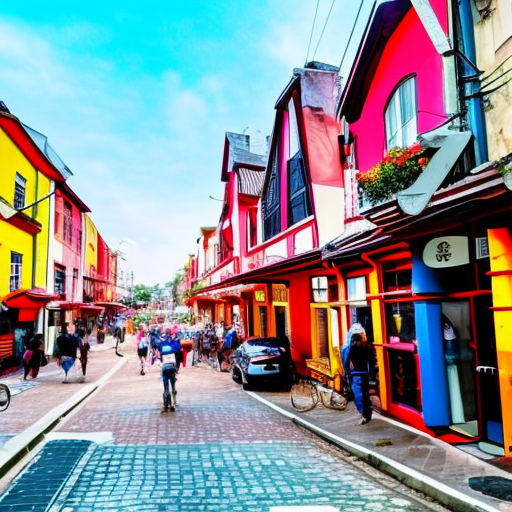It is a fundamental element of all artistic expression that is most visible in forms of art. Repetition of certain shapes, colors, sounds, textures, and other elements creates a sense of order, unity, and harmony. This is true of visual arts such as painting and sculpture, and musical forms such as classical, jazz, and sound sculpture.
In all of these forms, repetition is a key element in the creation of a composition that is visually or audibly pleasing. However, there are some forms of art that do not use repetition as their primary creative element. These forms are more abstract and less structured, allowing the artist more freedom in their creative expression.
Let’s take a look at which forms are not founded on the principle of repetition:
- Abstract Art: Abstract art is an art form in which the artist does not adhere to any particular style or technique. This form of art relies heavily on shapes and colors, but the artist is free to express their own emotions instead of repeating an established pattern.
- Installation Art: Installation art consists of any artwork that is set up in a specific location in order to engage with the viewers of the work. The art may be made up of any combination of media, and is often interactive in nature. It does not follow any specific pattern of repetition.
- Performance Art: Performance art is a form of art in which the artist creates a piece on the fly, using their own body as the medium. The performance is typically done in front of an audience and usually involves improvisation and experimentation. Since the art is created in the moment, repetition is not a factor.
Although repetition is an important element in many forms of art, there are some forms that do not rely on it. Abstract art, installation art, and performance art all allow the artist to express their creativity without the need for repetition.

